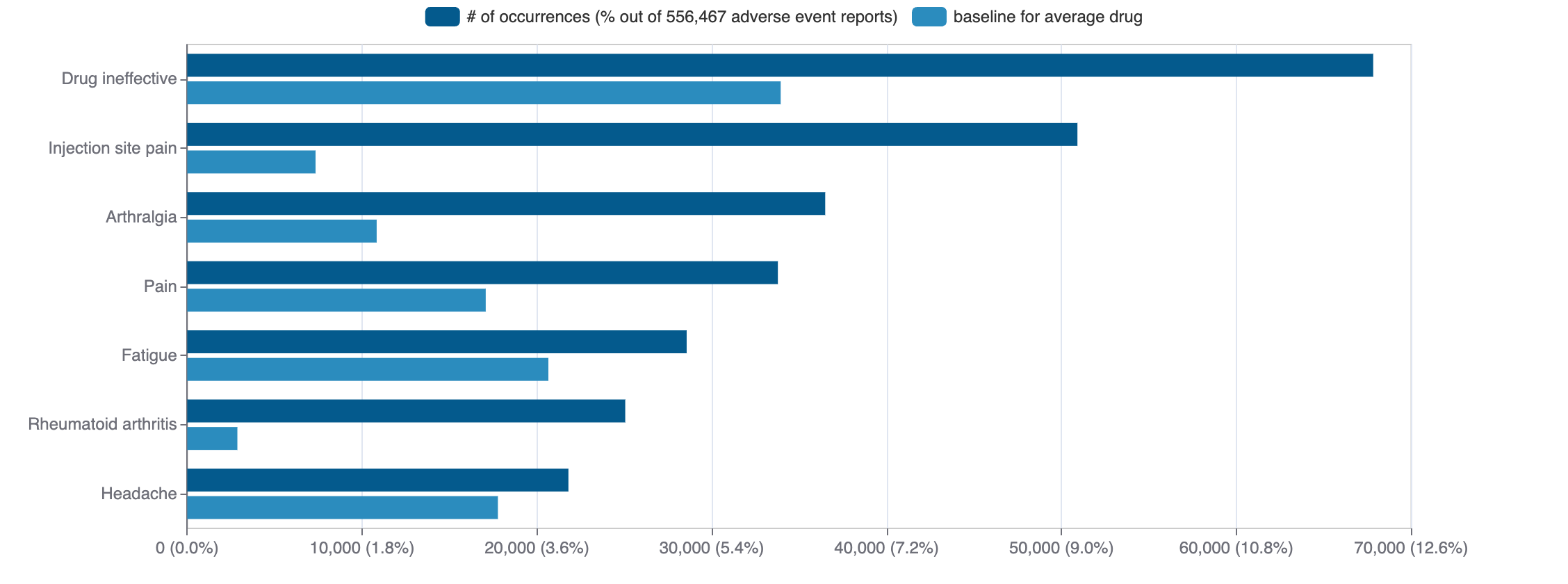Onapristone
Onapristone is a small molecule pharmaceutical. It is currently being investigated in clinical studies. It is known to target glucocorticoid receptor, mineralocorticoid receptor, and progesterone receptor.
Download report
Favorite
Commercial
Therapeutic Areas
No data
Trade Name
FDA
EMA
No data
Drug Products
FDA
EMA
New Drug Application (NDA)
New Drug Application (NDA)
Abbreviated New Drug Application (ANDA)
Abbreviated New Drug Application (ANDA)
No data
Labels
FDA
EMA
No data
Indications
FDA
EMA
No data
Agency Specific
FDA
EMA
No data
Patent Expiration
No data
ATC Codes
No data
HCPCS
No data
Clinical
Clinical Trials
8 clinical trials
View more details

Mock data
Subscribe for the real data
Subscribe for the real data
Indications Phases 4
No data
Indications Phases 3
No data
Indications Phases 2
Indication | MeSH | Ontology | ICD-10 | Ph 1 | Ph 2 | Ph 3 | Ph 4 | Other | Total |
|---|---|---|---|---|---|---|---|---|---|
| Breast neoplasms | D001943 | EFO_0003869 | C50 | 3 | 2 | — | — | — | 4 |
| Endometrial neoplasms | D016889 | EFO_0004230 | — | 2 | — | — | — | 2 | |
| Neoplasms | D009369 | C80 | — | 1 | — | — | — | 1 | |
| Triple negative breast neoplasms | D064726 | — | 1 | — | — | — | 1 | ||
| Prostatic neoplasms | D011471 | C61 | 1 | 1 | — | — | — | 1 | |
| Castration-resistant prostatic neoplasms | D064129 | 1 | 1 | — | — | — | 1 | ||
| Endometrioid carcinoma | D018269 | — | 1 | — | — | — | 1 | ||
| Acinar cell carcinoma | D018267 | — | 1 | — | — | — | 1 |
Indications Phases 1
No data
Indications Without Phase
No data
Epidemiology
Epidemiological information for investigational and approved indications
View more details
Drug
General
| Drug common name | ONAPRISTONE |
| INN | onapristone |
| Description | Onapristone (INN) (developmental code names ZK-89299, ZK-299) is a synthetic and steroidal antiprogestogen with additional antiglucocorticoid activity which was developed by Schering and described in 1984 but was never marketed. It is a silent antagonist of the progesterone receptor (PR), in contrast to the related antiprogestogen mifepristone (which is a weak partial agonist of the receptor). Moreover, compared to mifepristone, onapristone has reduced antiglucocorticoid activity, shows little antiandrogenic activity, and has 10- to 30-fold greater potency as an antiprogestogen. The medication was under development for clinical use, for instance in the treatment of breast cancer and as an endometrial contraceptive, but was discontinued during phase III clinical trials in 1995 due to findings that liver function abnormalities developed in a majority patients.
|
| Classification | Small molecule |
| Drug class | steriodal compounds acting on progesterone receptors (excluding-gest- compounds); progesterone receptor antagonists |
| Image (chem structure or protein) | |
| Structure (InChI/SMILES or Protein Sequence) | CN(C)c1ccc([C@H]2C[C@]3(C)[C@@H](CC[C@]3(O)CCCO)[C@@H]3CCC4=CC(=O)CCC4=C32)cc1 |
Identifiers
| PDB | — |
| CAS-ID | 96346-61-1 |
| RxCUI | — |
| ChEMBL ID | CHEMBL1908373 |
| ChEBI ID | — |
| PubChem CID | 5311505 |
| DrugBank | DB12637 |
| UNII ID | H6H7G23O3N (ChemIDplus, GSRS) |
Target
Agency Approved
No data
Alternate
NR3C1
NR3C1
NR3C2
NR3C2
PGR
PGR
Organism
Homo sapiens
Gene name
NR3C1
Gene synonyms
GRL
NCBI Gene ID
Protein name
glucocorticoid receptor
Protein synonyms
Nuclear receptor subfamily 3 group C member 1, nuclear receptor subfamily 3 group C member 1 variant hGR-B(54), nuclear receptor subfamily 3 group C member 1 variant hGR-B(77), nuclear receptor subfamily 3 group C member 1 variant hGR-B(93), nuclear receptor subfamily 3, group C, member 1 (glucocorticoid receptor)
Uniprot ID
Mouse ortholog
Nr3c1 (14815)
glucocorticoid receptor (Q61629)
Variants
Clinical Variant
No data
Financial
No data
Trends
PubMed Central
Top Terms for Disease or Syndrome:

Mock data
Subscribe for the real data
Subscribe for the real data
Additional graphs summarizing 269 documents
View more details
Safety
Black-box Warning
No Black-box warning
Adverse Events
Top Adverse Reactions

Mock data
Subscribe for the real data
Subscribe for the real data
7 adverse events reported
View more details
Premium feature
Learn more about premium features at pharmakb.com
Learn more
